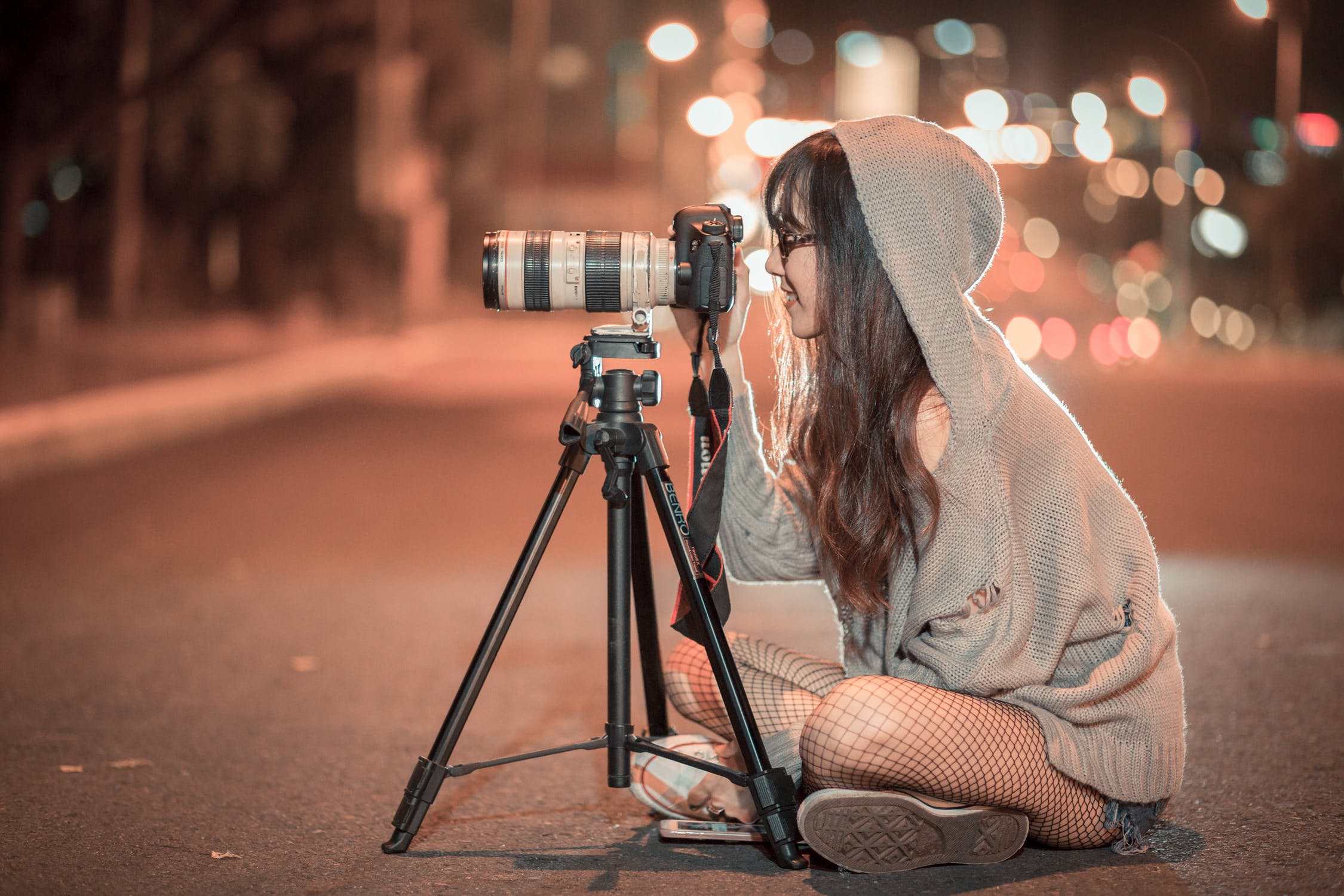Physical Address
304 North Cardinal St.
Dorchester Center, MA 02124
Physical Address
304 North Cardinal St.
Dorchester Center, MA 02124

Take a look through most custom photo books and one thing is obvious; the vast majority of snaps that find their way in there are in broad daylight.
This is most probably not a coincidence. As anyone who has taken an interest in photography will testify, shooting with as much light as possible is one of the easiest things to do in the field. Without the elusive L-word, things suddenly become much harder.
All of the above is one of the reasons why night photography can be so difficult to master. In fact, some people just plainly give up and don’t even bother to give it a serious try.
Bearing this in mind, we have pieced together some top tips to make sure that your night snaps suddenly become much easier to take and ultimately, make it into your photo album.
To really become established when it comes to night photography you will need long exposure times. This is for the simple reason that you need more light to enter the lens, as the natural environment is severely lacking in this.
One of the side effects of long exposure is that the camera tends to pick up your vibrations much more easily. Any slight shake of your hand will be picked up instantly by a photo and ultimately, it will need to be consigned to the trash bin.
Bearing this in mind, you need something to steady your hand. A tripod most certainly satisfies this requirement, and means that you can take your photographs without having any concerns whatsoever on if you hand is going to move at all.
As we all know, as soon as darkness starts to fall so does the temperature. That clear, sunny day has suddenly been transformed into the opposite, and this is where you need to take extra precautions in relation to your equipment.
For example, your batteries will start to run out a lot faster (in some cases, this could be more than 50% faster). You also have to be wary of your lens becoming foggy, which happens when it is moved quickly between varying temperatures.
If you have only just started your photography career, or if you might have purchased a new camera, the last thing you want to be doing is fumbling around in the darkness and looking for that elusive menu button.
Unfortunately, this is something that happens all-too often. You might have taken the right clothing, protected your gear from getting wet and taken all of the so-called other obvious precautions, but when it comes to actually using your camera you are all at sea.
Before you head out, make sure your fingers know exactly where each relevant function is. If you’re not armed with this, you may as well head back home.